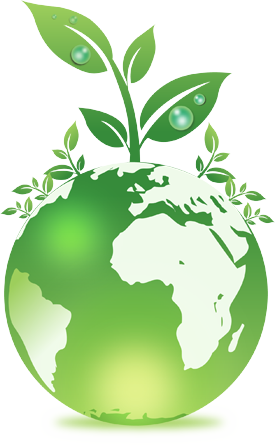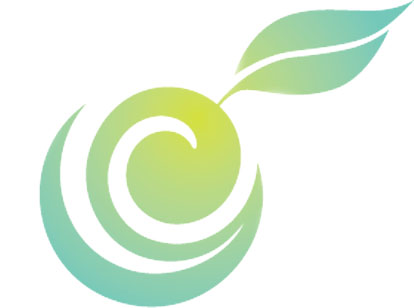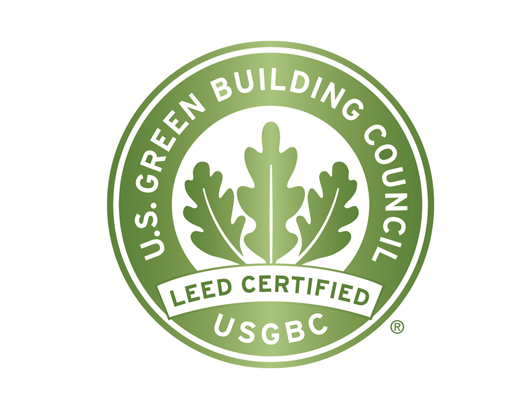
WHAT IS
GREEN?
Once upon a time it appeared consumers and the industry would rally around truly unbiased green certifications to get away from ‘green washing’, certifications such as EPA Design for the Environment, EcoLogo, Green Seal, USDA BioPreferred Program, and others…good alternatives to setting unbiased standards and green definitions, and as importantly, get way from manufacturers creating their own ‘green certifications’. Each of these programs were touted as being either non-profit or government sponsored. Soy Technologies was in fact early adopters to the EPA and USDA programs. What happened? Over the years, each of those programs have gone through countless changes, funding and defunding, each time with new costs and/or new lab tests required to maintain the certifications. The cost to maintain any one of these green certifications escalated each year, costs that consumers demonstrated time and again they were not willing to pay for. If you are looking for a truly unbiased guideline to “what is green” and how it should be measured, press these buttons for additional information.
BE CAREFUL OF
GREEN WASH!
It seems that everywhere we turn these days, we are all bombarded by claims that this product or that product is ‘green’ ,‘earth-friendly’ , ‘eco-earth’, etc., etc. There are even butyl cleaners on the market that have a Green name and are simply green in color only. To add insult to injury and totally confuse all of us, we allow manufacturers to design their own green logo, define their own green ‘certification’ standards, market their product as ‘green’. The term for all this nonsense is GREEN WASHING…we allow ourselves to be green washed into accepting products and chemistry that are no better for our environment, our earth, our air, and ourselves…than gasoline and acetone. The Global Harmonized System (GHS) requirements that took effect in 2015 significantly helped this problem, along with the Cleaning Product Right to Know Act of 2017 (effective Jan ’20). These regulations, enforced with ALL manufacturers and without exemptions pushed by the Lobbyists, are enthusiastically endorsed by Soy Technologies.


SAFE
FOR THE USER
Toxicity defines the health and safety profile of a finished product along with each and every ingredient of that product. Soy Technologies was an early adopter of the EPA Design for the Environment Program (DfE) with their entire product line recognized in 2006. Now however, the company has decided the cost to maintain that recognition with the many changes in the program has become unreasonable. The company now measures their outstanding safety profile by ‘0’ or ‘1” ratings on NFPA and HMIS scales as well as the strict measurements in the GHS protocol, the most severe health exposure being an eye irritant. The exception to these ratings is the company’s most aggressive paint strippers and paint thinners, receiving a rating of ‘2’, still far exceeding comparative products in that category.

SAFE
FOR THE AIR
Air emissions are measured by ‘Volatile Organic Compounds’, or VOC’s. The technical definition, the one that doesn’t mean a lot to most of us, is ‘organic chemicals that have a high vapor pressure at ordinary room temperature’. What does that mean? VOC’s are anything that end up in the air or the atmosphere…some are natural but many are not. VOC regulations are intended to slow that release of chemicals into the atmosphere. All Soy Technologies products are lab tested and VOC Compliant in their respectful category, that being EPA CARB, Consumer, or SCAQMD (South Coast Air Quality Management District).
SAFE
FOR MOTHER EARTH
Protecting mother earth refers to how ingredients are produced when products are manufactured, and what happens to them after they used. Sustainability, is the utilization of ingredients that are grown and sustainable, like soybeans, as opposed to found, like petrochemicals. The idea is ingredients that are grown can be sustained for centuries to come, but ‘finding’ resources like oil is limited to the amount of oil in the ground. After the product is used, what happens to it in the environment? Does it sit in landfills or the ground for centuries? All Soy Technologies products are Bio based and Biodegradable or Readily Biodegradable…gone in 30 days.


LEED
COMPLIANT
All of Soy Technologies products qualify for multiple points under the US Green Building Councils LEED certification program. Our cleaners and solvents can bring more than 10 points to your certification for either new or existing buildings. There are many chemistries and products in the market that might be safe for the user but high in VOC’s (butyl cleaners come to mind).
There are products that might be Biodegradable because they flash off into the atmosphere in an instant (like alcohols). But the list of products that are safe the user, safe for the air, AND safe for mother earth…is much smaller. Soy Technologies’ products are on that list.
